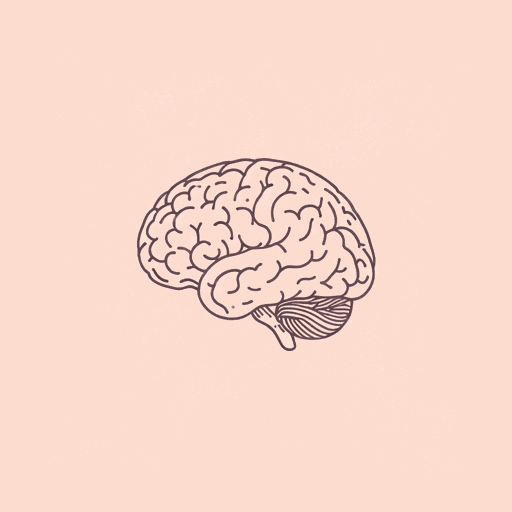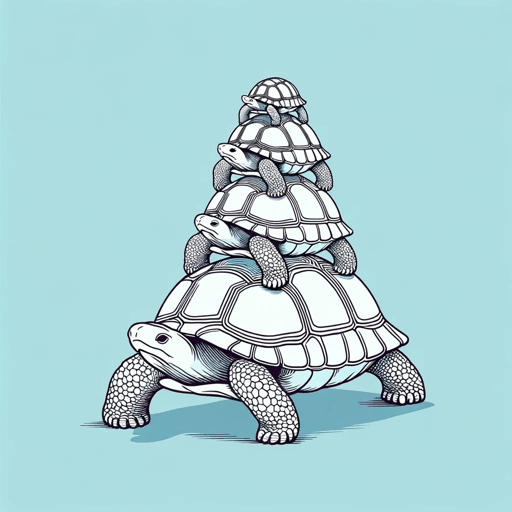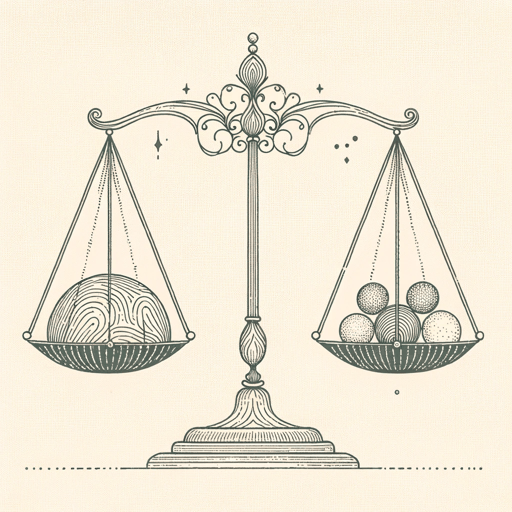92 pages • 3 hours read
Robert M. SapolskyBehave: The Biology of Humans at Our Best and Worst
Nonfiction | Book | Adult | Published in 2017A modern alternative to SparkNotes and CliffsNotes, SuperSummary offers high-quality Study Guides with detailed chapter summaries and analysis of major themes, characters, and more.
Chapter 3Chapter Summaries & Analyses
Chapter 3 Summary & Analysis: “Seconds to Minutes Before”
Behavior occurs due to messages bouncing around in the brain, but these messages are, in turn, triggered by environmental stimulus. This chapter focuses on how stimulus within and without our bodies trigger behavior.
To foreground this chapter, Sapolsky introduces the history of two different sciences based on the observation of behavior in animals. The first is behaviorism, which “cared about universalities of behavior across species” and “worshipped a doozy of a […] universal” (82): rewarding an organism for a behavior makes the organism more likely to repeat it, while not rewarding or punishing it makes the behavior less likely. Behaviorists, most primarily the field’s major champion B. F. Skinner, saw this fact as so universal they believed any creature (including humans) could be trained to complete any behavior, meaning in turn that all behavior is conditioned.
Sapolsky acknowledges the importance of behaviorism’s scientific findings (behaviorist processes, such as operant conditioning, remain a major form of scientific study of behavior to this day). However, as an alternative to behaviorism, Sapolsky introduces ethology, the study of animal behavior that occurs not in a lab but in the field, which focuses on environmental triggers that produce behavior and is interested in the behaviors of animals that are unique to that species.
Related Titles
By Robert M. Sapolsky




